Understanding Cattle Senses for Better Handling Experiences
Effective cattle handlers recognize cattle vision and hearing traits and set up their facilities to reduce problems.

Information about raising all types of beef in Wisconsin: production and business management, beef quality assurance, housing, well-being, nutrition, and reproduction.
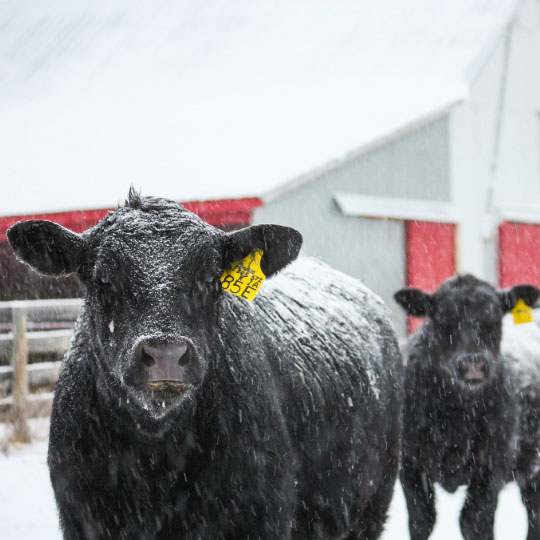
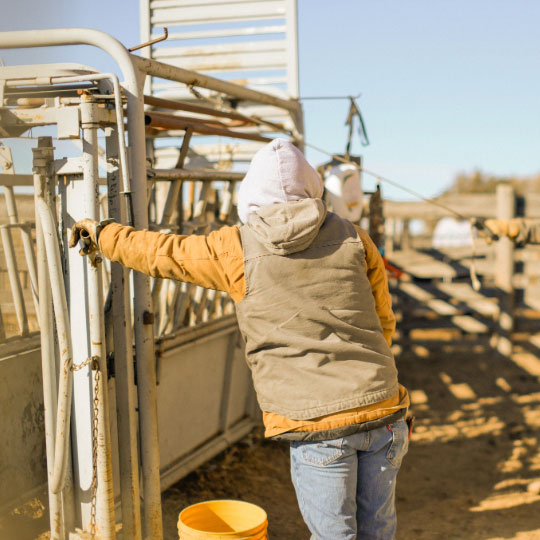

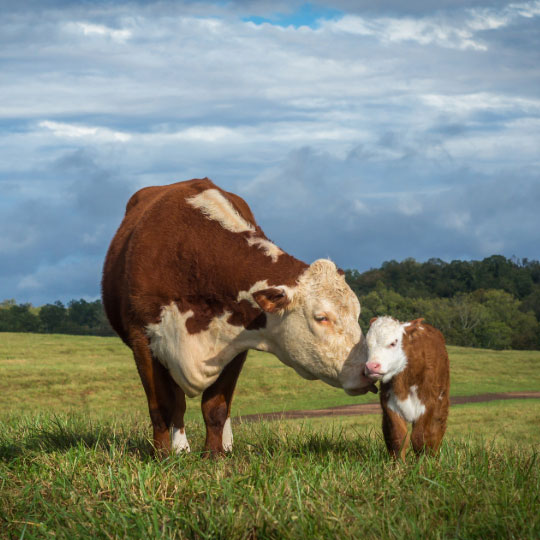
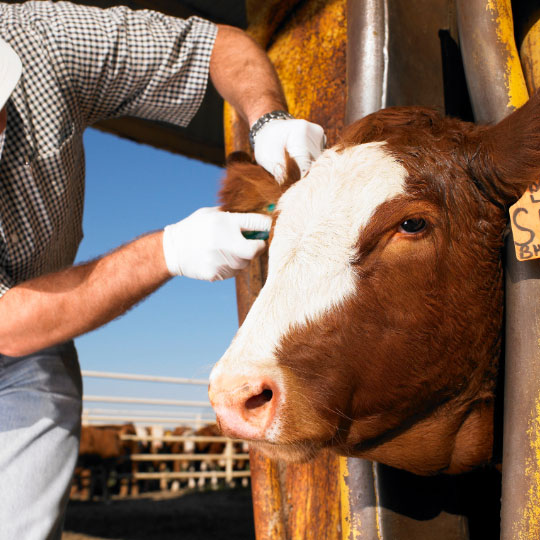
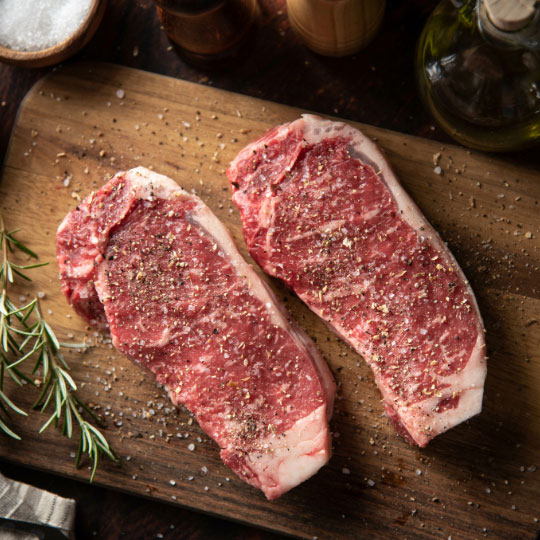

Effective cattle handlers recognize cattle vision and hearing traits and set up their facilities to reduce problems.
Now is the time to evaluate your forage inventory and compare it with the herd’s expected feed needs.
Several criteria should be considered when deciding if adding weight and condition to market cows makes sense.
“On behalf of intestinal helminth parasites everywhere, I would like to thank dairy and beef producers for hosting us in their cattle and on their pastures this summer.”
This article was originally published in Farm Progress It’s no secret that weaning is arguably the most stressful time in a beef calves’ life. Calves build strong maternal bonds with their mothers over the 6+ months they are tagging along until they are weaned. Weaning can be done a variety of ways, but the ultimate […]
Planning for winter feed is an important step in beef cattle operations. Alternatives include stockpiling, corn stalk grazing, and bale grazing. Swath grazing (also known as windrow grazing) has recently gained interest as an additional option.
Cattle need both macrominerals and microminerals. Here’s a look at the benefits these supplements provide and the different ways they can be offered to the herd.
Considering a shift from dairy to beef? Learn how forage needs, land use, and cow nutrition differ across beef enterprises.
Having a set breeding season is crucial for cattle producers. But determining the ideal length of that season for your herd can be complicated.
Building a reputation for high-performing, quality cattle can take a while to build, but choosing to take a short cut in a bullish market can have long lasting consequences.